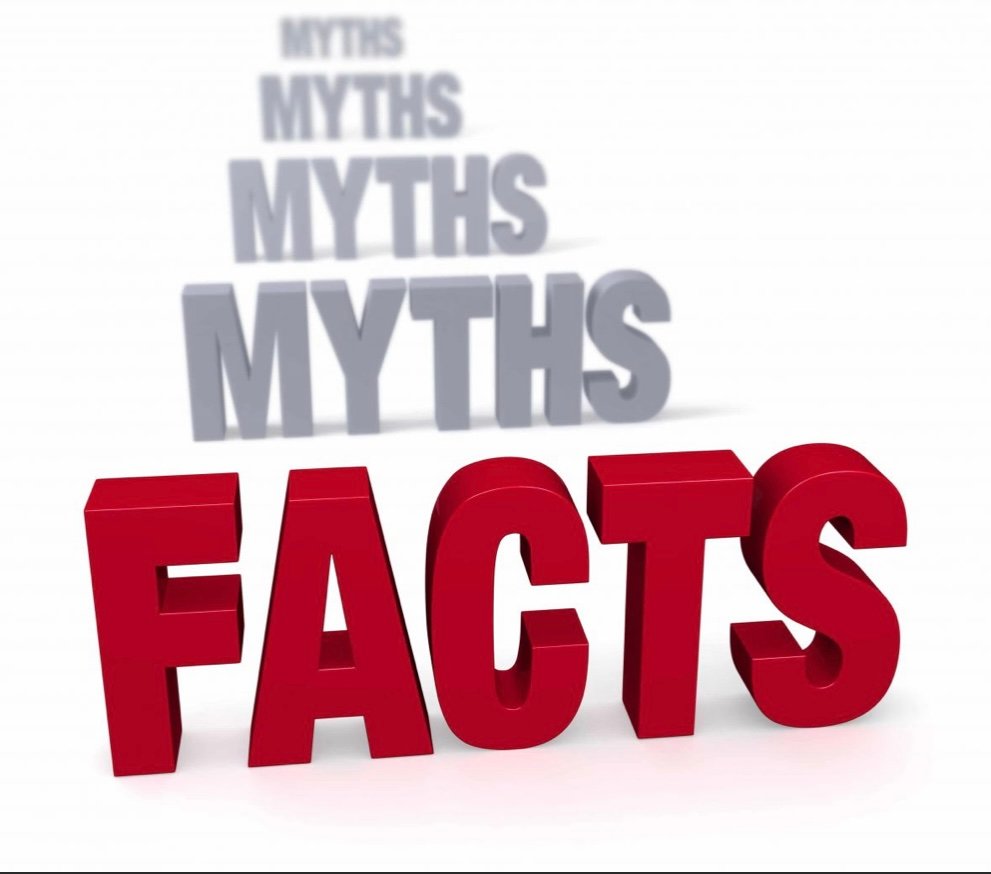Food labels give a great deal of information to consumers. Food labels are there to inform and guide us in the food choices we make, how healthy it is and if it contains any ingredient tat might affect us if we suffer from allergies and how to store and cook it safely. The label is there to help us eat more healthily.
UNDERSTANDING THE FOOD LABEL
Food labeling regulation requires that all foods be labeled with the following details:
- A list of ingredients
- Best before or use by date
- Any special storage conditions or conditions of use.
- The name and address of the manufacturer or packer or of a seller established within the EU.
INGREDIENTS LIST
Ingredient lists always start with the biggest ingredient first and are listed in descending order of weight at the time they were used to make the food. Look out to where fat and sugar appear on the list. The higher they are on the list the higher the fat and sugar.
NUTRITION INFORMATION
If the product is making a nutritional claim, (eg SUGAR FREE or LOW FAT) then a nutrition information label is required. When nutritional information is given on a label it must show the amount of each of the following in 100g or 100ml of the food.
- Energy (in kJ and kcal)
- Protein (in g)
- Carbohydrate (in g)
- Fat (in g)
Plus the amount of any nutrient for which a claim has been made.
ENERGY
This is the amount of energy that the food will give you when you eat. The kcal is the amount we know as calories.
PROTEIN
The body needs protein to grow and repair itself. Many get more than enough protein for our needs. Protein-rich foods include meat, fish, milk and dairy foods, eggs, beans, lentils and nuts.
CARBOHYDRATES
There are two types of carbohydrates that the body turns into energy: simple and complex.
Simple carbohydrates are often listed on food labels as ‘Carbohydrates (of which sugars)’. This includes added sugars and the natural sugars found in fruit and milk.
Complex carbohydrates are also called starchy foods. Starchy foods include bread, cereals, rice, pasta and potatoes. These are the best choice.
Sometimes you will only see a total figure for carbohydrates on food labels. This includes the carbohydrates from starchy foods and from simple carbohydrates.
FATS
You can also find the product’s fat content on the nutrition label. Some food labels also break the figures down into three different types of fat: saturates, monounsaturates and polyunsaturates.
Saturated fats raise blood cholesterol so we should try and replace the saturated fat we eat with unsaturated fats. Always compare labels and choose the one with the lowest saturated fat content.
DIETARY FIBRE
Fibre helps prevent constipation, piles and bowel problems. It is important to compare products as we will be surprised to find out that products that seem to be high in fibre have actually very little amounts of fibre (for example cereals). For a product to be considered as a high fibre product it must provide 5g of fibre per serving. It is recommended that we consume 25g of fibre daily.
SODIUM
Eating too much salt in our diet can raise blood pressure. And since most of our salt we eat comes from processed food – such as breakfast cereals, soups, sauces, bread, biscuits and ready meals it is best to check food labels so you can compare products.
WHAT TO LOOK FOR
- The energy that the food provides.
- The total amount of fat in food.
- How much salt it contains.
- How much fibre it contains.








